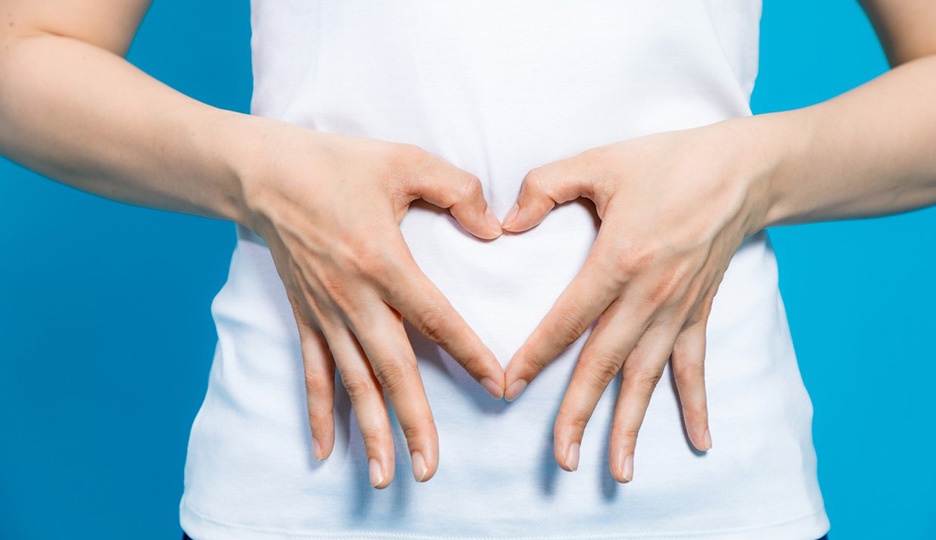Vitamin D is an essential nutrient your body needs for many tasks. Yet, it is also one of the most common nutrients people are deficient in – and that’s a concern. For those who are unsure of how this vitamin plays a role in overall health – including hair health – consider the following. For many, making a change to increase access to Vitamin D can improve overall hair health and wellbeing.
What Does Vitamin D Do?
Vitamin D works in various components of the body to stimulate hair growth but also to boost immunity and to keep the bones strong. It is also an important part of stimulating new cell development and growth, helping your body to rejuvenate and heal over time. It can help to create healthy skin from your scalp down. And, as noted, it helps with hair growth by creating new hair follicles on the skin. For all of these reasons, it is essential to always have access to the right amount of Vitamin D.
The problem is, Vitamin D is a challenge to get for many people. It is taken in by the body through sun exposure as a primary method. Your body needs to be exposed to a safe amount of sunlight to create Vitamin D. Because that can be hard (and sometimes dangerous) to do, most people need to get their Vitamin D from a limited number of foods or from supplements. In any form, the bottom line is – you need it.
How Does Vitamin D Deficiency Impact Hair?
When a person does not get enough Vitamin D, a number of challenges can occur. Deficiencies are a common reason for hair loss. If your body does not have enough Vitamin D, it cannot stimulate new hair follicle growth. It also cannot stimulate old hair follicles to grow hair; another important task it helps to support. Without enough Vitamin D, that may mean fewer functional hair follicles.
There is some research that suggests that a person with a Vitamin D deficiency is at a higher risk for developing alopecia areata. This is a type of autoimmune condition that leads to the development of bald areas on the head. These bald patches can occur on other areas of the body as well. This can happen to anyone at any age but was seen in some studies as being commonly associated with Vitamin D deficiency in women who were between the ages of 18 and 45.
How to Correct Vitamin D Deficiency
For those who do have hair loss, including alopecia areata, it may be time to take a closer look at your Vitamin D intake. Most people need to take at least 600 IU or 15 micrograms in supplement form each day if they are not spending at least 15 to 20 minutes outdoors in the sun each day. (Keep in mind that if you are getting it from a natural source, you still need to use sunscreen to protect your health and skin).
For those who are over the age of 70, the need for a higher dose is often recommended. Most doctors recommend 800 IU or 20 micrograms at this age for both men and women.
Many people spend a lot more time indoors than they realize. If you are spending time outdoors, you may be wearing a significant amount of sunscreen. That can limit how much Vitamin D your skin is able to absorb as well. Finding the right balance here is hard to do because of the risk of skin cancer from UV light. That’s why it is often best to use a supplement to increase the amount of Vitamin D your body gets.
Some foods carry Vitamin D in them. This includes fish such as salmon and mackerel. You may also get it from cod liver oil and fortified foods such as orange juice, milk, and some cereals. Look for products labeled as having a good source of Vitamin D.
For those who may have hair loss, having your Vitamin D levels checked can provide some insight into your overall health and wellbeing. Then, adjust your intake to ensure you are getting enough nutrients into your diet to stimulate healthy hair growth.
To learn more, contact the team at Unique Hair Concepts for a complimentary, private consultation.






